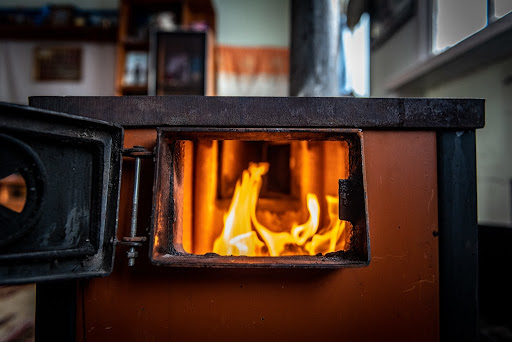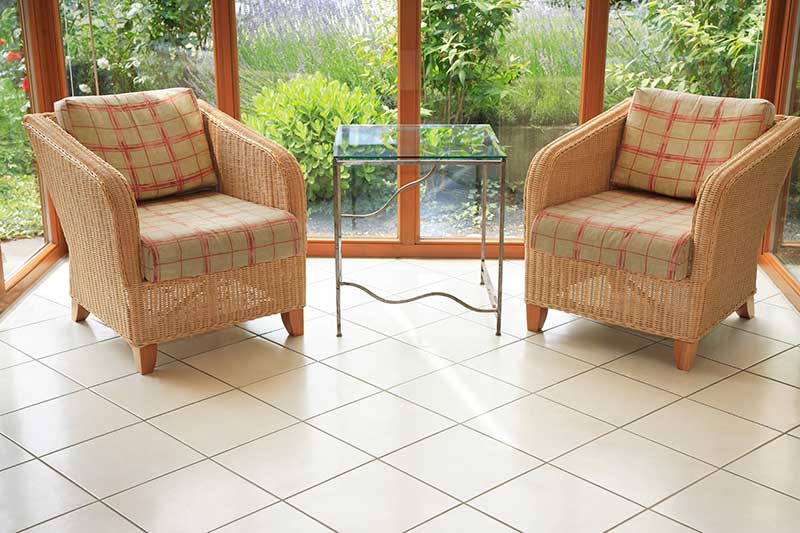Due to the rising costs of natural gas and the increasing number of gas hook-up bans, many homeowners are looking for the best way to heat a home without gas. Thankfully, there are a lot of stellar alternatives.
Let’s look at those alternatives and get a look at the state of gas-based heating.
Is Gas-Based Heating Still Commonplace?
Currently, about 38% of the electricity in the US comes from natural gas. However, experts predict this number will drop as cities across the US move to ban new gas hook-ups in favor of all-electric systems.
Brookline, Massachusetts, was the first city to ban it, but dozens of others are considering doing the same thing. These municipalities hope that by banning new gas hook-ups, they can encourage the use of more environmentally-friendly energy without having to ban fossil fuels outright.
However, without gas, homeowners will need to find alternative ways to heat their homes in the winter.
The 6 Best No-Gas Home Heating Alternatives
Here are six of the top alternatives to gas-based heating:
1. Radiant Underfloor Heating
Radiant underfloor heating systems create heat via thermal radiation. Rather than heating the surrounding air, these systems heat up the floor and allow the heat to rise. As the heat rises, it’s absorbed into the objects in the room, which helps make the entire space feel warm and cozy.
There are two different types of radiant underfloor heating systems: electric and water-based systems. The cost and installation depend on the type of system you choose. However, both do a terrific job of providing warmth – even in harsh winter climates.
2. Solar Thermal
Solar thermal heating technology converts the Sun’s warmth and rays into usable heat. Generally, solar thermal systems are used to heat water. However, some commercial buildings use thermal technology to create hot air, too.
Solar heating systems are mounted to the wall, allowing them to capture the most radiation from the Sun. The solar collector panels take the air off the wall and heat it before shooting it into the HVAC intake. It’s an innovative technology, but it’s incredibly expensive and only used in commercial buildings at the moment.
However, if hot water is a concern without a gas water heater, solar thermal panels can do the trick. They work by using solar panels and a special fluid to heat water stored in a water cylinder.
3. Heat Pumps
Heat pumps work by pulling heat from the ground or air, and blowing it into the home. It works a lot like an air conditioner since it doesn’t have to burn fuel to create warmth. Instead, it simply moves heat around. There are two types of heat pumps: ground-source or air-source. The difference is where they extract their heat.
Heat pumps can be costly to install, and they work best when the temperature differentials aren’t large. They aren’t ideal for freezing climates; they’re much better suited for moderate temperatures in homes with good insulation.
4. Wood Stoves
Wood stoves are a rustic and effective way to heat a home quickly. They are much more efficient than the average fireplace yet offer many of the same benefits. As the name suggests, wood stoves heat homes by burning wood, much like a fireplace.
Wood stoves are generally installed in a central location of a home, but they aren’t usually effective at heating an entire house. There’s also the issue of maintenance. To keep the wood stove burning, you have to continually supply wood and tend to the fire.
They also require regular cleaning and present some obvious fire hazards. However, they can be a terrific solution to use in tandem with another type of heating.
5. Space Heaters
Space heaters are a cost-effective and convenient way to heat a space quickly. There are several different sizes and types of space heaters. Most of them are portable and run using electricity, though there are types that are stagnant and run on propane.
Keep in mind that space heaters can usually only heat one room at a time. They can’t provide heat outside of the space they’re occupying. They can also be quite hazardous, especially to children and pets. They also present a fire hazard if knocked over, so it’s essential to be extremely cautious with placement.
6. Alternative Fuels
If you’re looking for the most eco-conscious options, wind and solar-driven fuel sources can power any typical heating system. These types of energy alternatives can easily heat and power your home without harming the environment.
Solar systems work particularly well with boilers, furnaces, and heat pumps. The downside with these options is their costs. Solar energy and wind energy can both be cost-prohibitive. If you’re looking for the greenest option, alternative fuels are a standout choice.
Get the Best Results with Radiant Floor Heating
All six of these alternatives to gas heating are worth considering, however, there’s one that’s a notch above the rest. Radiant underfloor heating is a customizable heating solution that’s both safe and effective, even in the coldest climates.
At Warmup, we’re experts in radiant floor technology. We have a wide range of high-quality products and industry-leading warranties, so you’re sure to find a radiant heating system perfect for your needs.
Contact us now for a free quote or speak to our customer service team today.







